How to isolate a radiator in 3 simple steps - experts explain how to carry out this task yourself at home
Learn how to isolate a radiator now just in time for any winter repairs
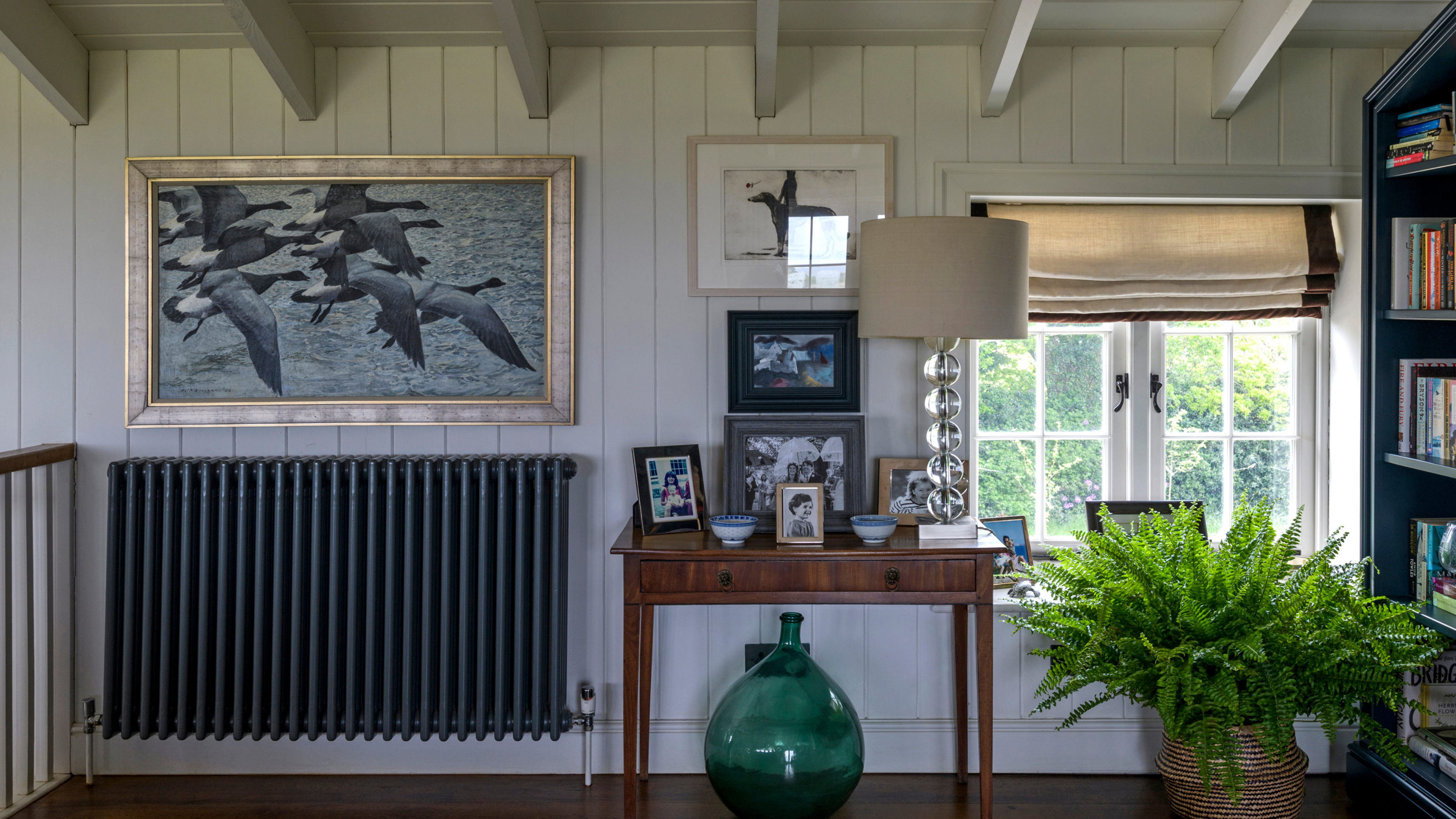

Learning how to isolate a radiator is a task you can easily do yourself, and is useful if you need to carry out repairs or even replace a radiator without affecting the rest of the heating system in the house.
It is important to keep an eye on any issues with your central heating system. Isolating a radiator is different from simply switching a radiator off. Instead, it refers to disconnecting a radiator from the central heating system.
‘Isolating a radiator involves closing the valves at both ends to stop water from flowing through it while keeping the rest of your heating system operational. This is different from simply turning the radiator off, which usually means adjusting the thermostatic radiator valve (TRV) to stop heat output but doesn’t necessarily stop water flow,’ explains Stephen Day, a Heating Engineer at iHeat.
‘Turning off a radiator using the TRV just stops it from emitting heat, but the water still circulates within it. By isolating a radiator, this completely shuts off the water flow to and from the radiator. This is helpful if you need to work on the radiator without impacting the rest of your heating system.’

Isolating a radiator is something you can do yourself and can be completed in three steps as Jess Steele, heating technology expert at designer radiator specialist BestHeating explains:
- Protect the floor - ‘If you are planning on isolating and removing the radiator for decorating or replacing, you will need to protect your flooring from any water spillage. Place a bucket or containers under the radiator valves and cover the flooring with towels to help catch the water when you drain the radiator.’
- Turn the valves off - ‘Turning both valves off will isolate the radiator from the water supply. Most modern types of radiators have thermostatic radiator valves (TRVs) for increased efficiency. If you have a TRV with a numbered dial, turn the thermostatic valve clockwise to zero. Or, if you have a manual valve, keep twisting clockwise as far as it will go to turn it off.’
- Turn the lockshield valve off - ‘Move over to the other side of the radiator to the lockshield valve. This will usually have a plastic cap on top that you need to remove. Under the cap, you will find a metal spindle. Use your pliers or adjustable spanner to turn the spindle clockwise until it stops. Once both valves have been turned off, the radiator is isolated.’

What are the benefits of isolating your radiator?
Stephen says you only need to isolate a radiator when carrying out maintenance or removals meaning it is not a routine task.
‘During the winter months, heating systems are under far more strain, and faults like leaks or cold spots are more likely to occur. Knowing how to isolate a radiator allows you to address these problems fast while ensuring the rest of your home remains warm, ensuring everyone stays comfortable. It’s also a great way to save time and money if a quick repair or temporary removal is needed,’ he says.
Isolating radiators in unused rooms can also save you money. This means the heating system only warms the water, therefore providing heat, in your desired rooms. If you do decide to do this, you will need to keep the door of that room closed to keep the heat in the rooms you need it.
However, flushing a radiator and balancing a radiator might be more suitable for you if you're looking for ways to make your heating run more efficiently, and save money in the process.
FAQs
Will isolating a radiator stop it from leaking?
Unfortunately isolating your radiator will not stop a leak, however it will slow it down. Isolating the radiator stops water from flowing into the radiator however, water will still be sitting in the body of the radiator and in the valves.
However, isolating the radiator means you can safely drain it before fixing the leak. Some leaks are fairly straightforward and plumbers tape may be sufficient to fix them. We recommend using something like Water Plumbers Teflon White PTFE Tape until you can get a plumber to look at it.
Can I isolate a single radiator?
Absolutely - knowing how to isolate a radiator means you can shut off as many or as few radiators in your home. Shutting off both valves effectively takes your radiator out of your heating circuit, meaning the hot water will bypass it completely.
If you decide to swap which radiator is isolated, simple turn the vales back on the repeat the step-by-step process with the radiator you want to switch off.
Get the Ideal Home Newsletter
Sign up to our newsletter for style and decor inspiration, house makeovers, project advice and more.

Kezia Reynolds joined the Ideal Home team as News Writer in September 2024. After graduating from City, University of London in 2022 with a bachelor’s degree in journalism, Kezia kicked off her career spending two years working on women’s weekly magazines. She is always on the lookout for the latest home news, finding you the best deals and trends - so you don’t miss a thing!
-
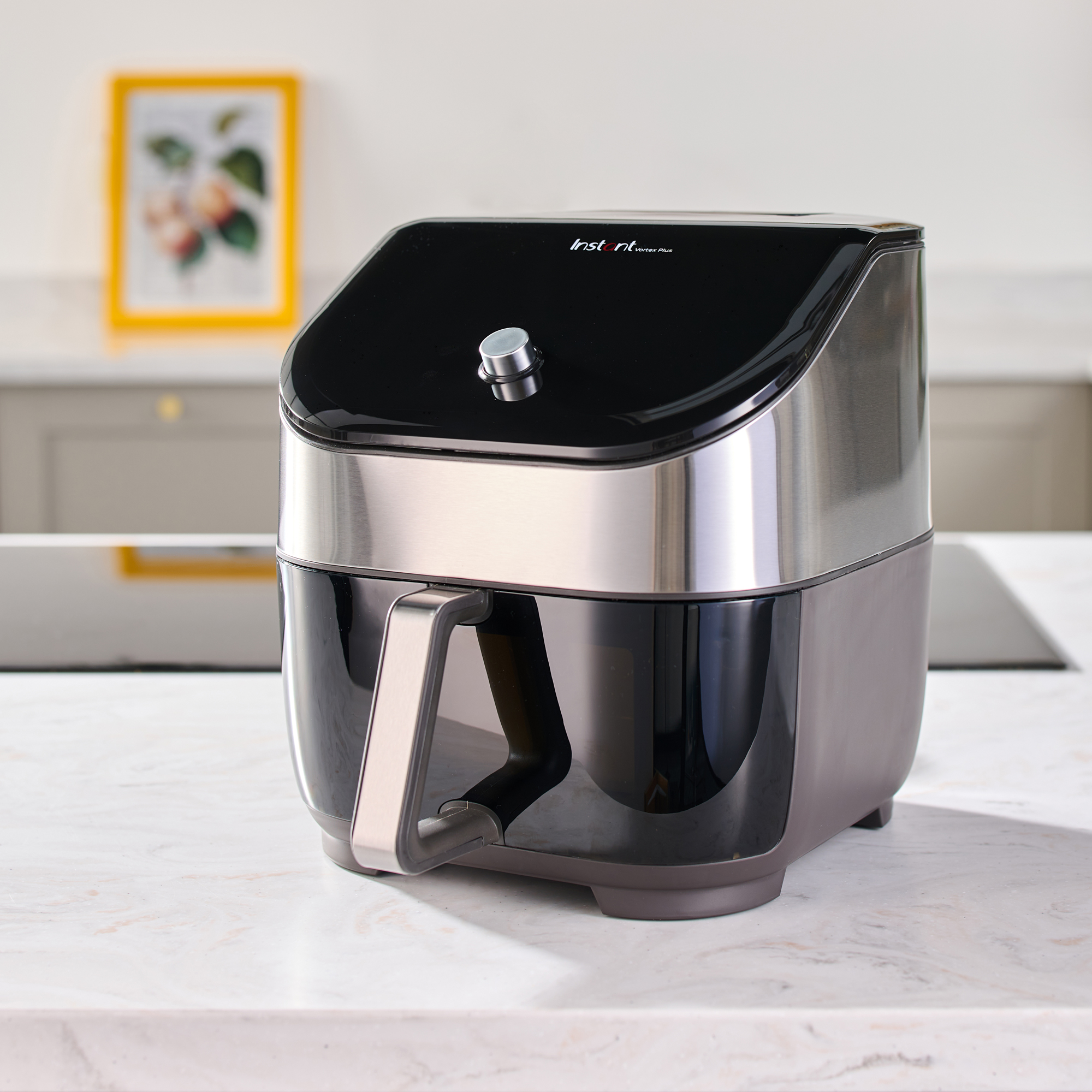 Should an air fryer be on display in a kitchen or hidden away? This is why I always keep my small appliances on the worktop
Should an air fryer be on display in a kitchen or hidden away? This is why I always keep my small appliances on the worktopAre you on team display or neatly hidden away? Share your opinion in the comments
By Rebecca Knight
-
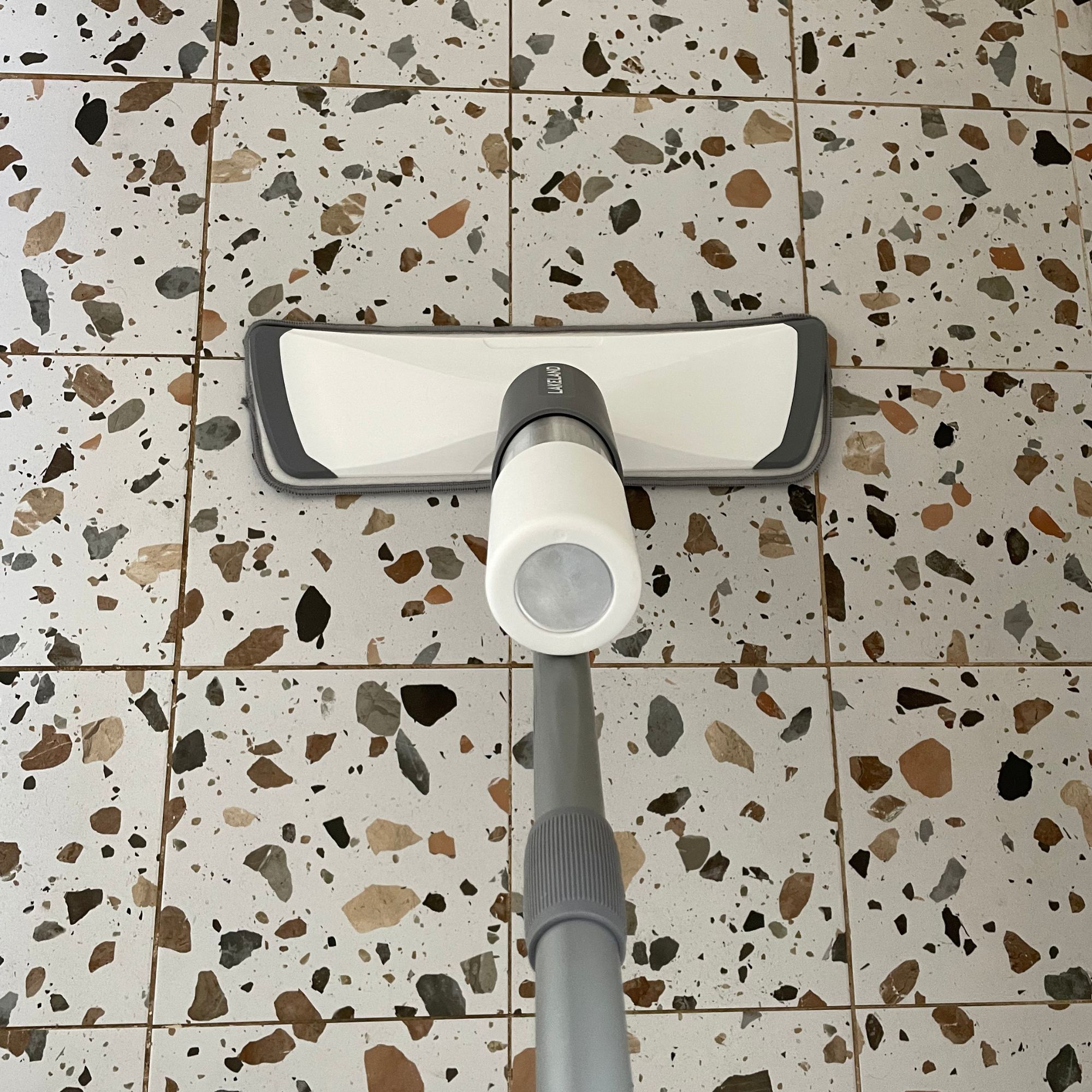 Experts warn that these 5 mopping mistakes are making your floors dirtier — and damaging your floors in the process
Experts warn that these 5 mopping mistakes are making your floors dirtier — and damaging your floors in the processThis is how to keep them clean and avoid costly damage
By Lauren Bradbury
-
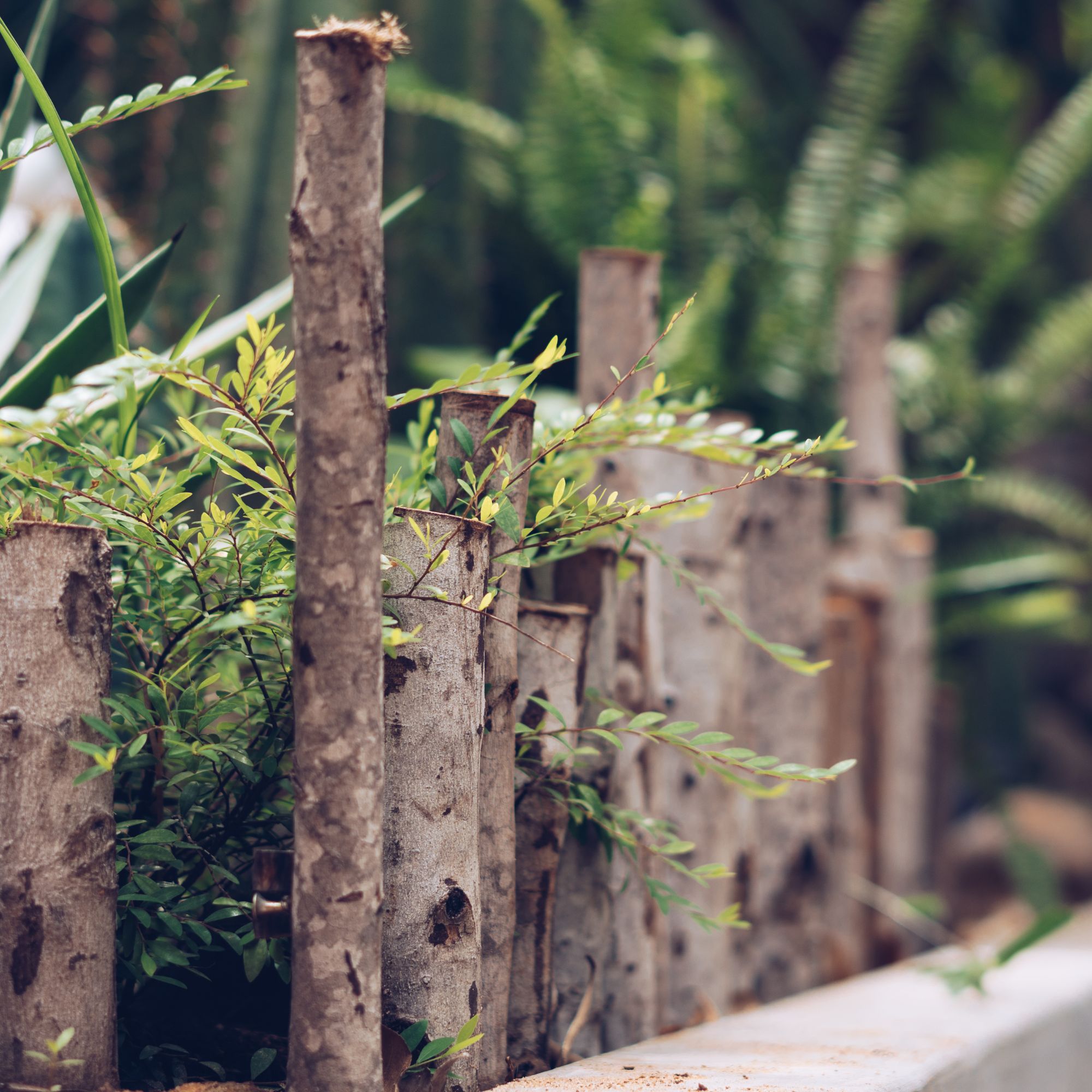 Move over, fences – dead hedges are the wild and wonderful alternative your garden will love and they're easier to build than you'd think
Move over, fences – dead hedges are the wild and wonderful alternative your garden will love and they're easier to build than you'd thinkThe perfect eco-friendly solution for small gardens
By Kayleigh Dray
-
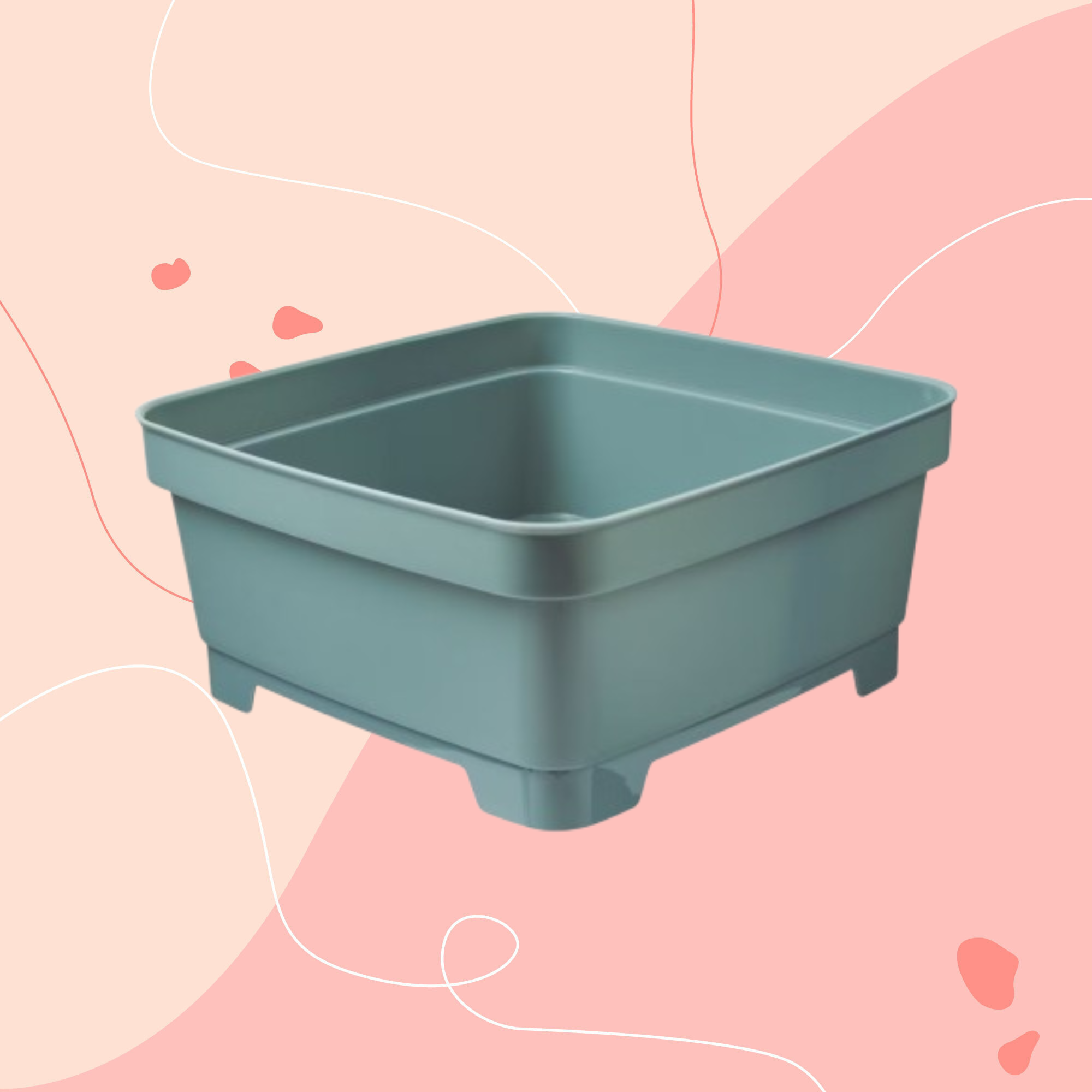 Aldi is releasing a budget alternative to the cult Joseph Joseph washing up bowl – it’s just £4.99
Aldi is releasing a budget alternative to the cult Joseph Joseph washing up bowl – it’s just £4.99The Joseph Joseph washing up bowl is an Ideal Home favourite - now we can't wait to try Aldi's alternative
By Kezia Reynolds
-
 I just bought my first home, and this £10 buy was the very first thing I bought for it to make it feel warmer and secure
I just bought my first home, and this £10 buy was the very first thing I bought for it to make it feel warmer and secureIf I did it all again, this would still be my very first buy
By Rebecca Knight
-
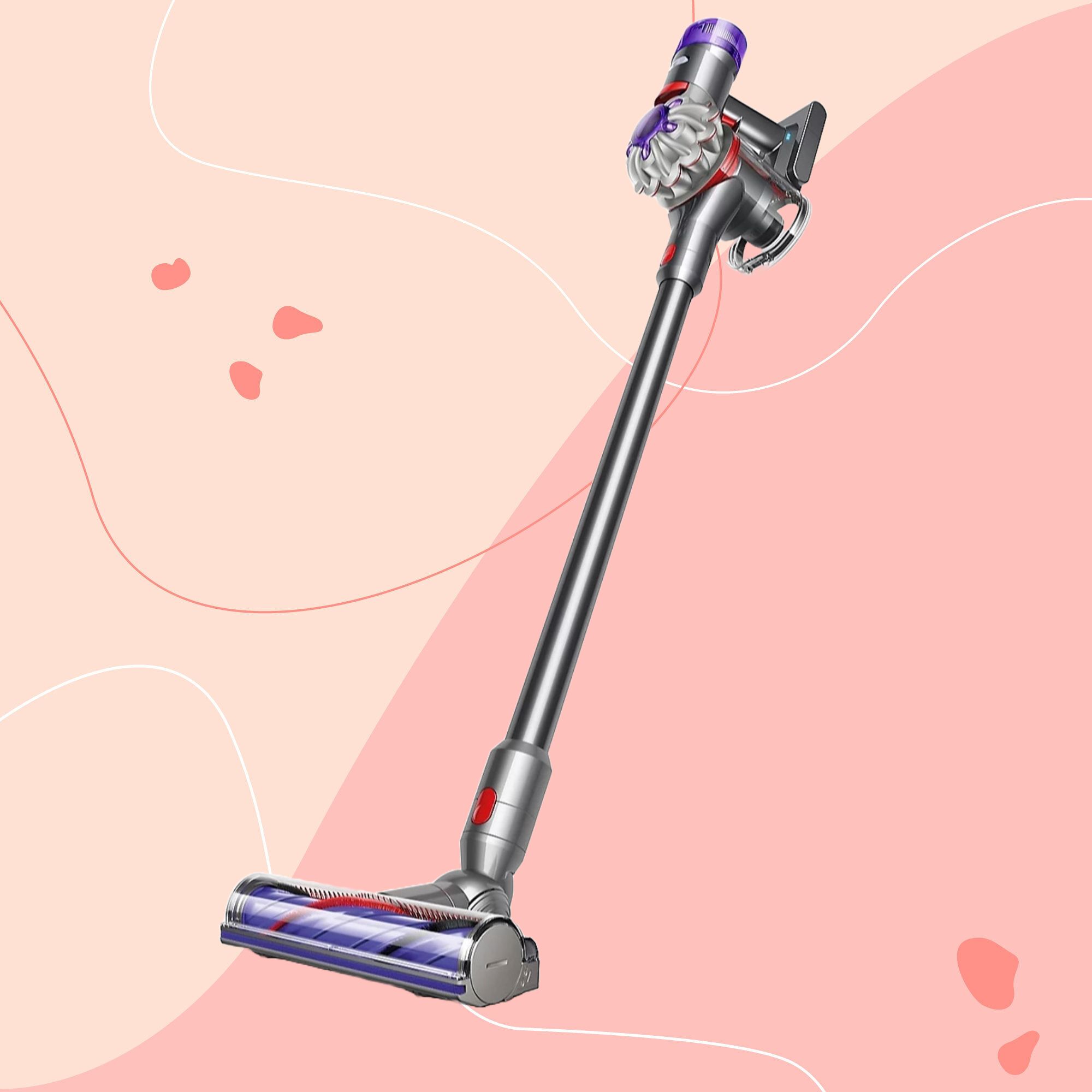 It’s normally impossible to find a Dyson vacuum for under £250 — but QVC has slashed the price of their bestselling models for a limited time
It’s normally impossible to find a Dyson vacuum for under £250 — but QVC has slashed the price of their bestselling models for a limited timeRun don’t walk to pick up the brand’s bestselling model for under £230 before it sells out
By Lauren Bradbury
-
 Catherine Zeta-Jones has revealed the cleaning product she swears by to keep her home fresh - and it’s just £8 on Amazon
Catherine Zeta-Jones has revealed the cleaning product she swears by to keep her home fresh - and it’s just £8 on Amazon'I use it on my counters. I use it on my walls. I use it on my doors. When I smell it, I know my house is clean.'
By Kezia Reynolds
-
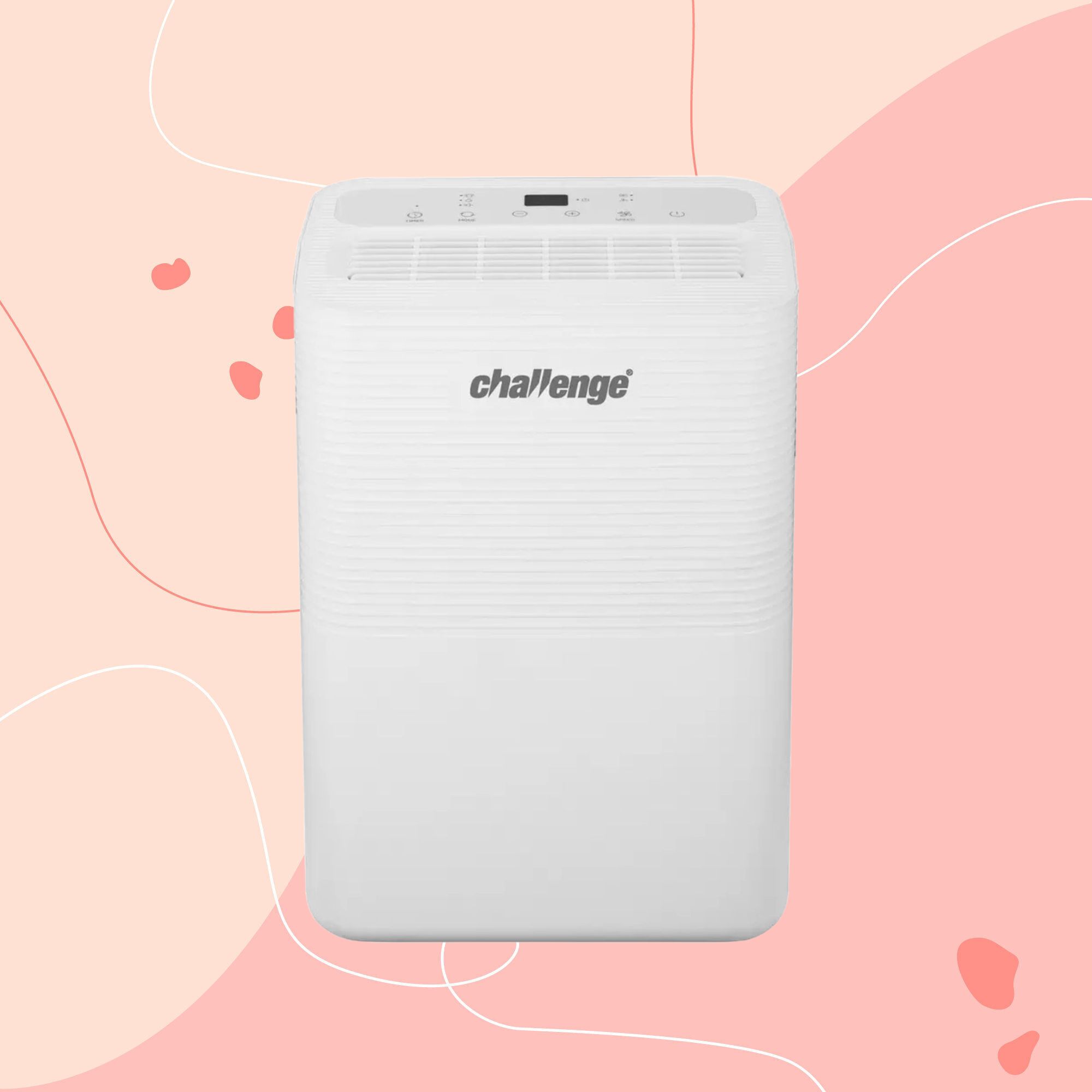 I tested the 12L Challenge dehumidifier in my damp Victorian home over winter — I haven’t spotted any signs of mould for the first time in five years
I tested the 12L Challenge dehumidifier in my damp Victorian home over winter — I haven’t spotted any signs of mould for the first time in five yearsThe Challenge 12L dehumidifier doesn’t have too many bells and whistles, but I can already see the difference it’s made to my damp home
By Lauren Bradbury
-
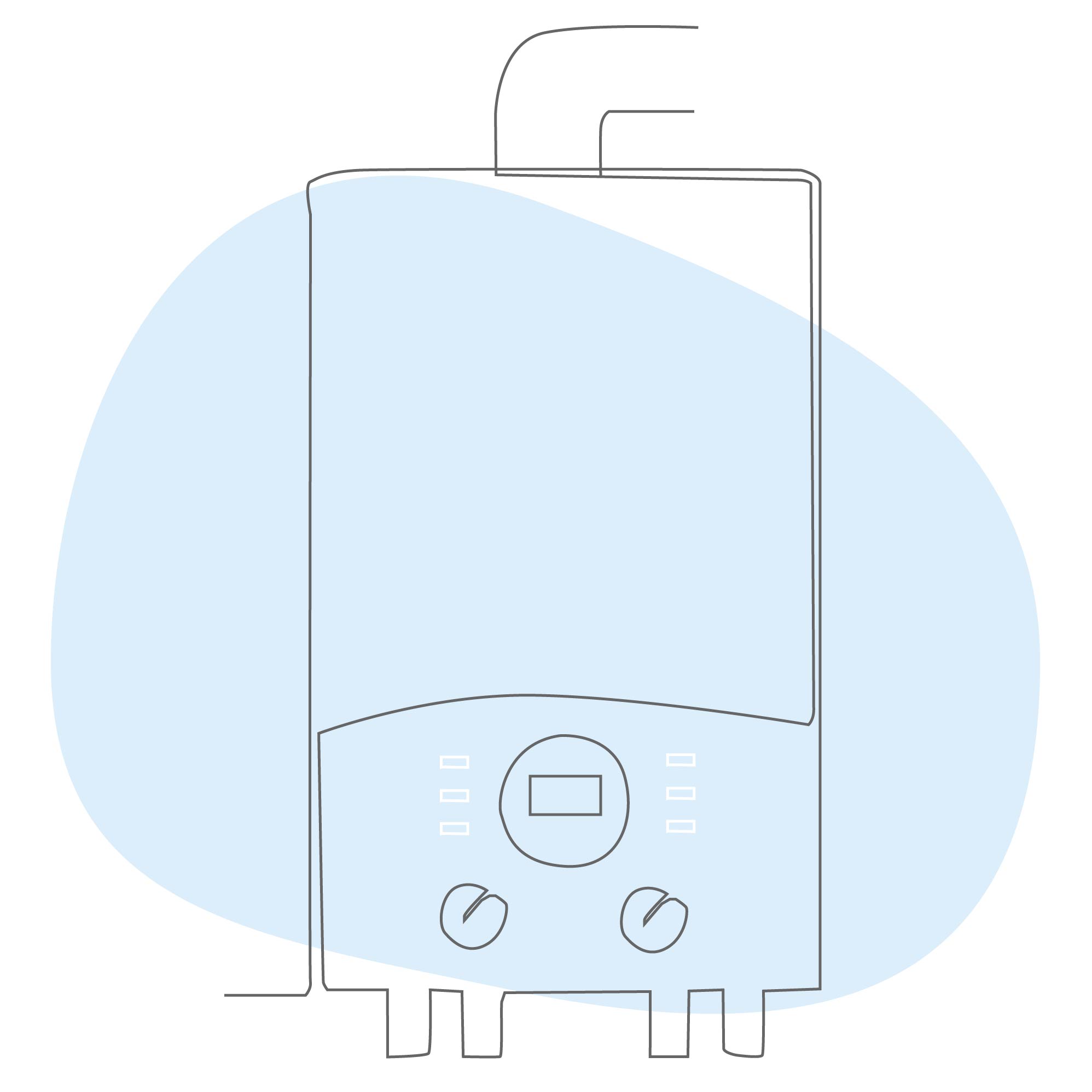 What is boiler flow temperature? Heating experts urge you to check yours now as you could be overpaying on your energy bills
What is boiler flow temperature? Heating experts urge you to check yours now as you could be overpaying on your energy billsTurning this little-known number down just a few degrees can result in some serious savings
By Lauren Bradbury
-
 Stacey Solomon has shared 5 nifty wardrobe storage hacks to make getting ready in the morning easier — and they're genius
Stacey Solomon has shared 5 nifty wardrobe storage hacks to make getting ready in the morning easier — and they're geniusThese five wardrobe storage hacks are a gamechanger
By Katie Sims
-
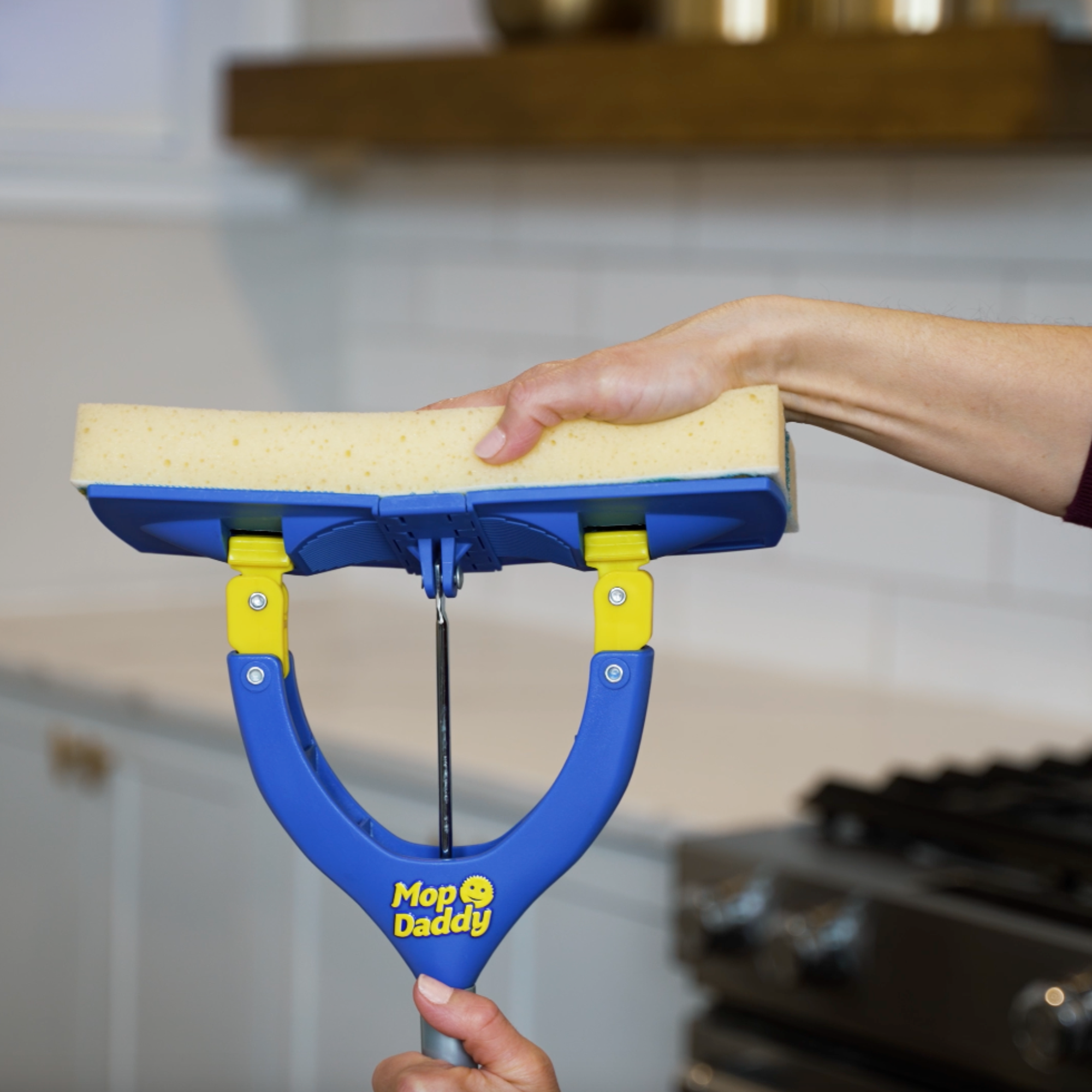 Cult cleaning brand Scrub Daddy has just launched a brand new butterfly mop — could it be the ultimate solution for banishing stubborn marks on your floor?
Cult cleaning brand Scrub Daddy has just launched a brand new butterfly mop — could it be the ultimate solution for banishing stubborn marks on your floor?We're obsessed with all things Scrub Daddy
By Kezia Reynolds